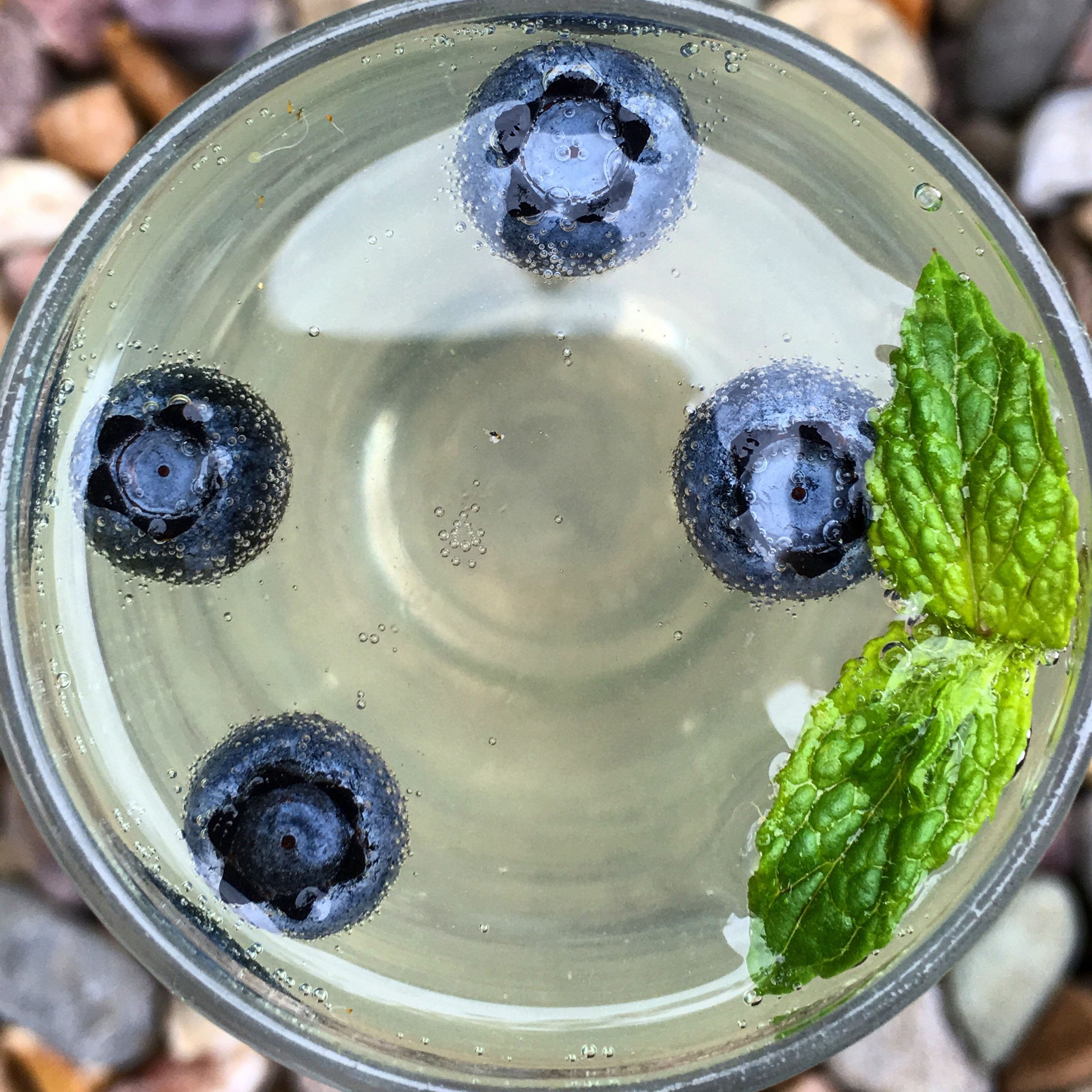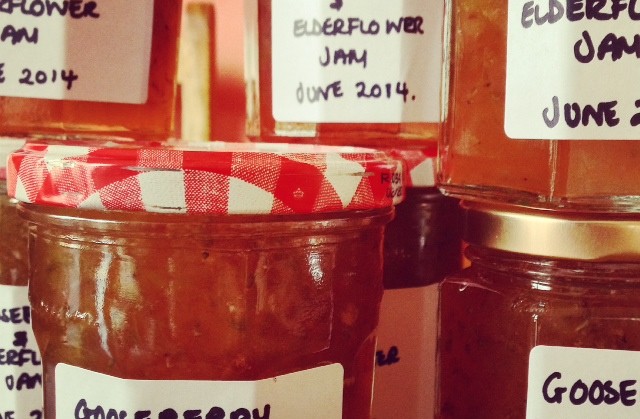I’m putting it out there…
As much as I love and adore Elderflower, I think it’s time it took a break and laid the way clear for Meadowsweet instead! (stand back and awaits collective intake of breath…)
I walk the laneways and boreens around the village where Flavour.ie is headquartered through all kinds of weather and all the seasons, year after year. I am always on high alert – noticing things, the slight annual variations on how, and what, is doing well or not so well. 2016 was probably the year of Elderflower. I had never seen so much of it flowering everywhere and with such huge flower heads; hedgerows and ditches pungent with their heady scent. Suddenly, everyone was making elderflower cordial and tonic water, continuing its steady rise to famedom, was beginning to be infused with it.
I’m not the kind of person who buys into fads and fashions. As soon as anything starts to look like a fad, I instantly get in a huff and march off in pursuit of something new. This is what happened with the Year of the Elderflower, 2016 AD. By 2017, everyone was on the bandwagon at which point I alighted to find my new thing.
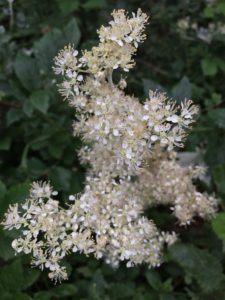 At about the same time that Elderflowers were making their comeback, I had noticed a weedier version of it growing in the hedgerows. The stronger and more prevalent the flower became, the more intense its aroma as I walked by it – like the sweetest honey. My instinct told me that this plant that I had walked past and ignored for the last few years in pursuit of Elderflower was Meadowsweet. Cross referencing my books on wild food and hedgewitchery told me my instinct was correct. It also told me that Meadowsweet got its name from the old English name “Meade Sweet” because it was used to sweeten Meade (n.b the next craft spirit to come our way – trust me!)
At about the same time that Elderflowers were making their comeback, I had noticed a weedier version of it growing in the hedgerows. The stronger and more prevalent the flower became, the more intense its aroma as I walked by it – like the sweetest honey. My instinct told me that this plant that I had walked past and ignored for the last few years in pursuit of Elderflower was Meadowsweet. Cross referencing my books on wild food and hedgewitchery told me my instinct was correct. It also told me that Meadowsweet got its name from the old English name “Meade Sweet” because it was used to sweeten Meade (n.b the next craft spirit to come our way – trust me!)
My friend and allay in all things wild, April Danann, informed me that this honey-sweet smelling, weedy looking plant is up there as one of the most medicinal plants because you can use every part of it: the flower, the leaves, the stem and the root. If Elderflower is the X-Factor winner, Meadowsweet is the more talented, struggling artist. And I do love an underdog.
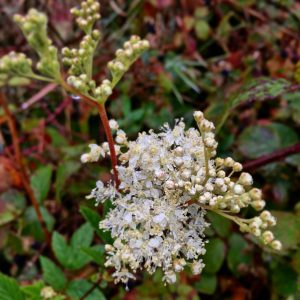 This year, I haven’t done this miraculous plant justice, as the only thing I could think to make with it was a cordial. I make cordial once a year, and it is usually Elderflower, but in a fit of fevered rebellion (well, maybe not fevered) I decided to ditch it in favour of my new fascination with Meadowsweet. “Surely,” I thought to myself “I just make this in the exact same way?” And I did.
This year, I haven’t done this miraculous plant justice, as the only thing I could think to make with it was a cordial. I make cordial once a year, and it is usually Elderflower, but in a fit of fevered rebellion (well, maybe not fevered) I decided to ditch it in favour of my new fascination with Meadowsweet. “Surely,” I thought to myself “I just make this in the exact same way?” And I did.
I use the Elderflower cordial recipe from Darina Allen’s beautiful book “Forgotten Skills of Cooking” (a masterpiece of a book). The only thing I changed was that I added 14 Meadowsweet flower heads to the 10 Elderflower heads in the recipe, purely going by the fact that the flower heads are smaller and more delicate so in order to get a sufficient flavour from them I would need more.
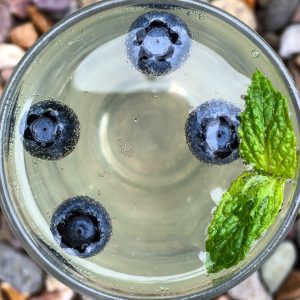 Once the cordial is made of course there are endless uses for it: flavouring ice creams, desserts – panna cotta in particular (my favourite dessert!), and, of course, cocktails!
Once the cordial is made of course there are endless uses for it: flavouring ice creams, desserts – panna cotta in particular (my favourite dessert!), and, of course, cocktails!
I decided to pair my Meadowsweet cordial with Dingle Gin, Blueberries and Mint for a surprisingly refreshing yet luxuriously delicious simple cocktail.
If you are quick, the last few Meadowsweet flowers are still in bloom. Harvest them, and see what inspires you. Else crack open the gin – either is good!
Ingredients (for 1 cocktail, served in a Champagne flute):
- 10ml of homemade Meadowsweet cordial
- 35ml measure of Dingle Gin
- Blueberries / Wild Bilberries / Hedgerow Blackberries (any of these is good!)
- Mint sprigs
- Top up with any of the following: Fizzy water / Plain tonic water / Prosecco (any fizzy as long as it isn’t too dry, so I’d stay away from Champagne, it’s all about the Meadowsweet so don’t mask it with a dry fizz).
Method:
- Pour in the Meadowsweet cordial, top with the measure of gin.
- Add in your berries.
- Fill to the top with your chosen fizz.
- Garnish with fresh mint sprig.
Enjoy, enjoy, enjoy!

